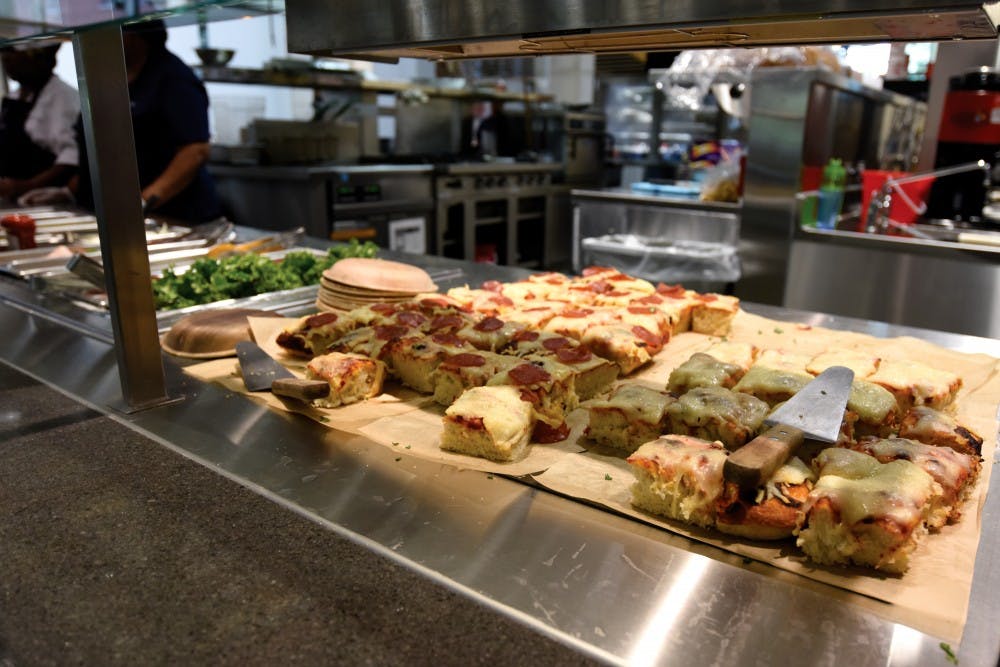
The study found that the participant restaurants of Kids LiveWell, a National Restaurant Association initiative, have not made significant positive changes to the nutritional value of the offerings of children’s menus.
Children’s menus have not gotten significantly healthier, despite a 2011 industry pledge for change, a Perelman School of Medicine professor found in a recent study.
The study found that the participant restaurants of Kids LiveWell, a National Restaurant Association initiative, have not made significant positive changes to the nutritional value of the offerings of children’s menus.
Published in the American Journal of Preventive Medicine on Jan. 11 and led by researchers at the Harvard T.H. Chan School of Public Health, the study also failed to find meaningful improvements in calorie, saturated fat or sodium content of foods offered on menus of restaurants not participating in the voluntary program.
Senior author of the study and Perelman School of Medicine professor Christina Roberto said there were only minimal changes made to menus as a result of the program, which requires at least one meal and one other item on children’s menus to meet certain guidelines.
“The Kids LiveWell program is a good first step, considered that the Kids LiveWell requirements are very minimal,” Roberto said. “One or two items might have changed, but the changes just haven’t had the impact that we wanted them to have.”
The study is the first to examine these nutritional trends among national restaurant chains “at a time when many were making voluntary pledges to improve quality,” according to a statement from the Harvard T.H. Chan School of Public Health. More than 150 chains with 42,000 American locations were participating in the Kids Live Well program by 2015.
According to the Kids LiveWell website, the July 2011 launch of the program included 19 restaurant chains.
The study also found that sugary drinks still made up 80 percent of children’s beverage options in 2015, which Roberto said is “concerning.” She added that even though some kids’ menus removed soda, they replaced them with equally sugary drinks.
“A lot of kids’ parents know soda is not healthy for their kids, but they might have actually thought these other kinds of drinks like sports drinks, ice teas, lemonades or juices are healthy, when in fact they often have as much sugar often times as soda. It’s not enough to just take soda off the menu.”
She said she hopes to see more significant improvements in the future.
“As public health researchers, what we like to see is some more substantial, significant improvements, and some more commitment to really make a difference,” she said.
The Daily Pennsylvanian is an independent, student-run newspaper. Please consider making a donation to support the coverage that shapes the University. Your generosity ensures a future of strong journalism at Penn.
Donate







